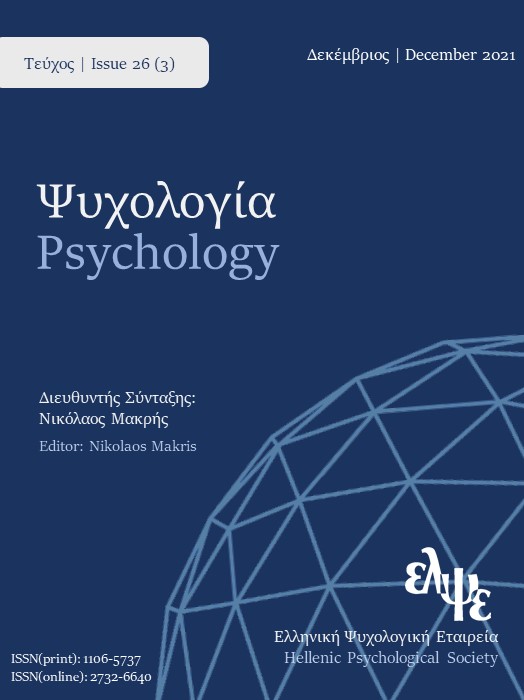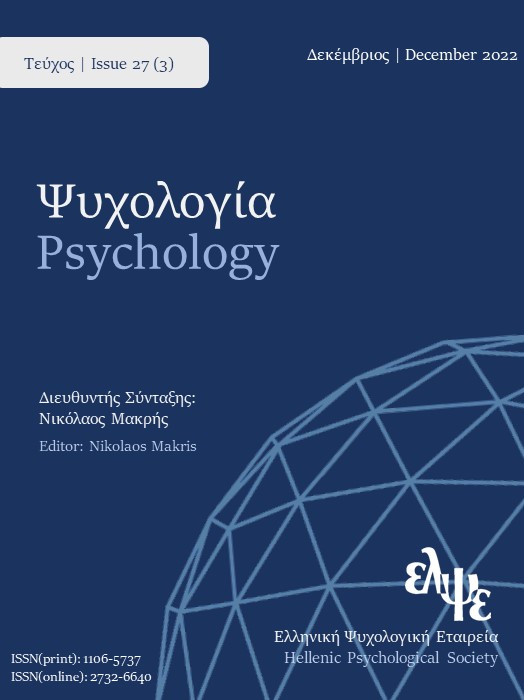The Possible Impact of COVID-19 Confinement Measures on Children and Adolescents

Abstract
The present study investigated the psychological effect of pandemic protection measures, particularly the possible consequences of confinement measures in children (ages 5-9) and adolescents (ages 10-18). We developed a bespoke questionnaire whose structure was focused on the individuals' primary and general psychological needs, while there were also exploratory questions about the current emotional state and concern for the future. A sample of 715 participants (336 children and 479 adolescents) from Cyprus and Greece responded to the questionnaire online. Results showed significant age group differences in emotional state aspects and change of daily life, school and distance education. Gender differences were observed in elements of hygiene, sense of security, and everyday life change. In conclusion, both children and adolescents could cope with the challenges the confinement measures brought with them, despite the unprecedented conditions.
Article Details
- How to Cite
-
Tentolouri, E., & Papadopoulos, T. C. (2022). The Possible Impact of COVID-19 Confinement Measures on Children and Adolescents. Psychology: The Journal of the Hellenic Psychological Society, 26(3), 126–143. https://doi.org/10.12681/psy_hps.29488
- Section
- SPECIAL SECTION

This work is licensed under a Creative Commons Attribution-ShareAlike 4.0 International License.
The journal PSYCHOLOGY adopts a Platinum open-access policy. Submission, processing or publication costs are waived by the Hellenic Psychological Society. Papers published in the journal PSYCHOLOGY are licensed under a 'Creative Commons Attribution-ShareAlike 4.0 International' licence. The authors reserve the copyright of their work and grant the journal the right of its first publication. Third-party licensees are allowed to use the published paper immediately after publication as they wish, provided they retain the defined by the license copyright formalities, regarding the reference to its author(s) and its initial publication in the journal PSYCHOLOGY. Moreover, any adjusted work should be shared under the same reuse rights, so with the same CC license.



